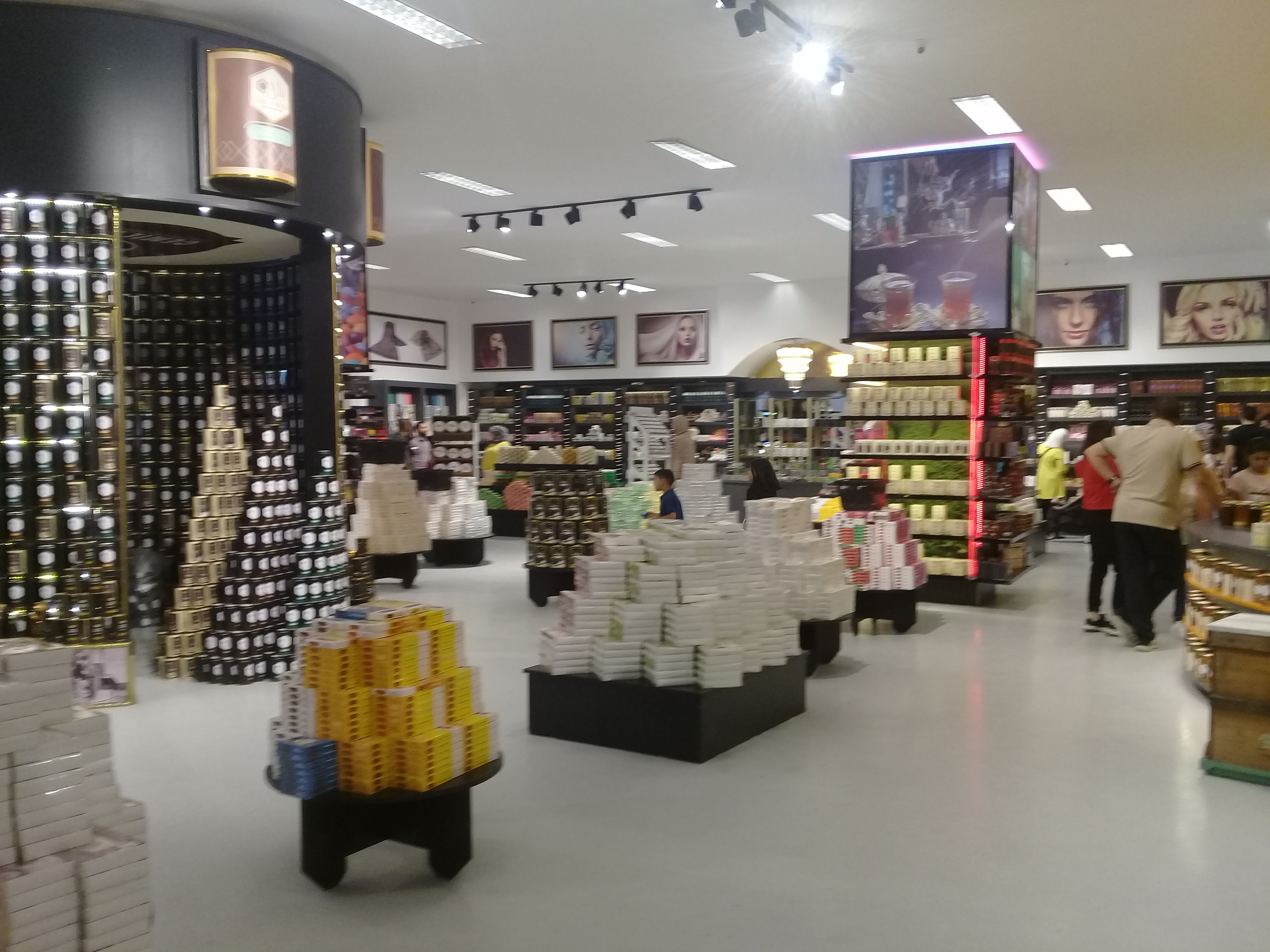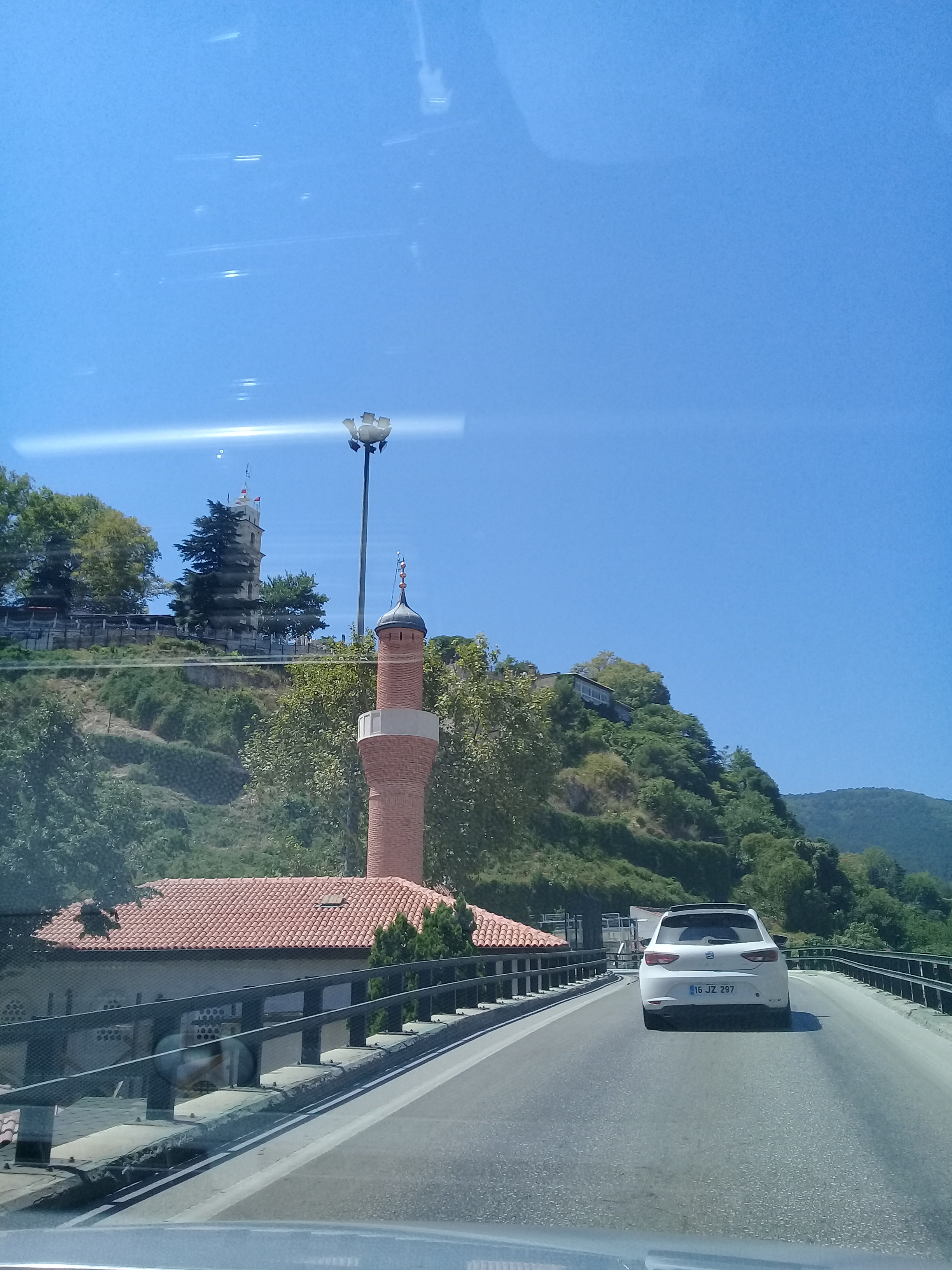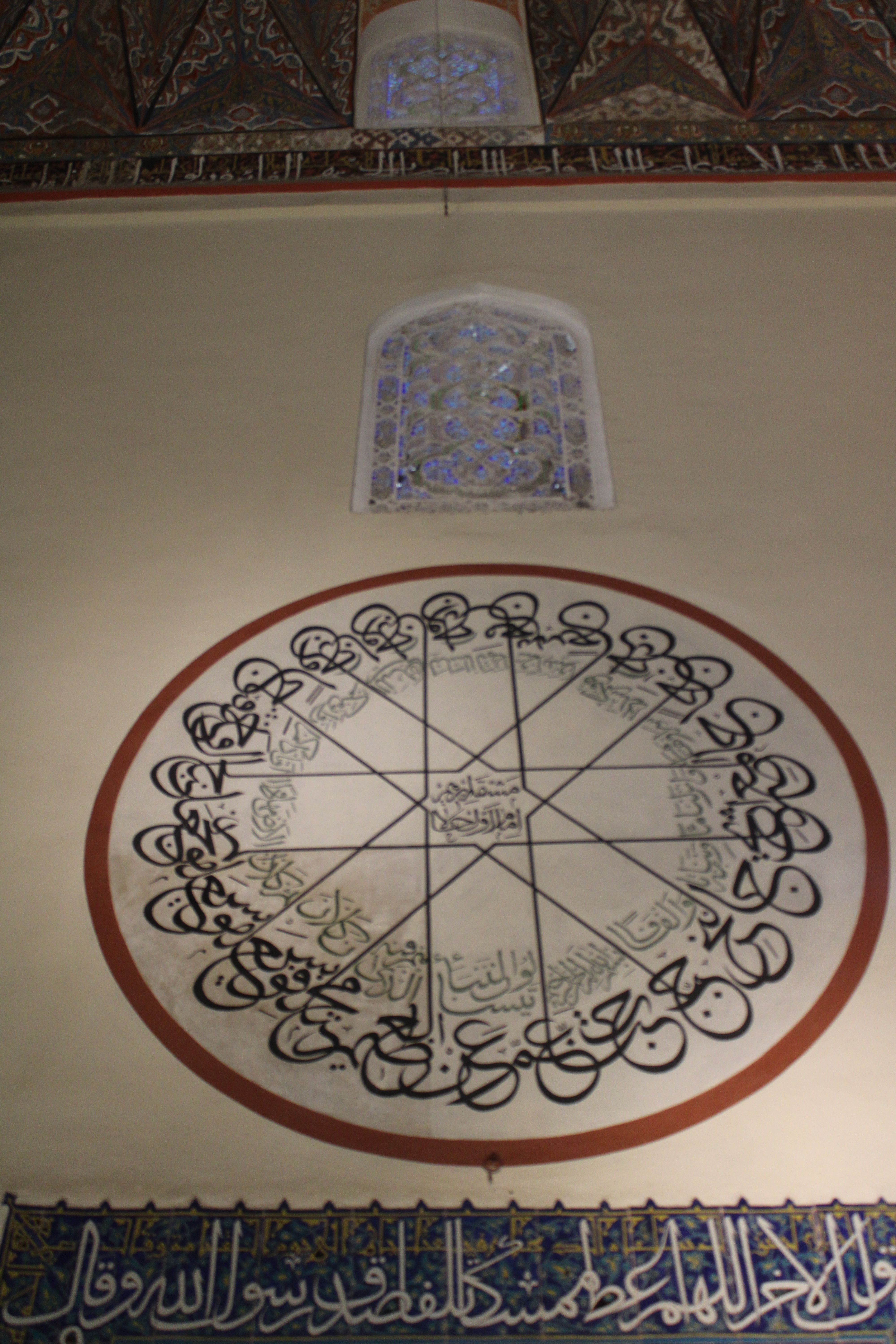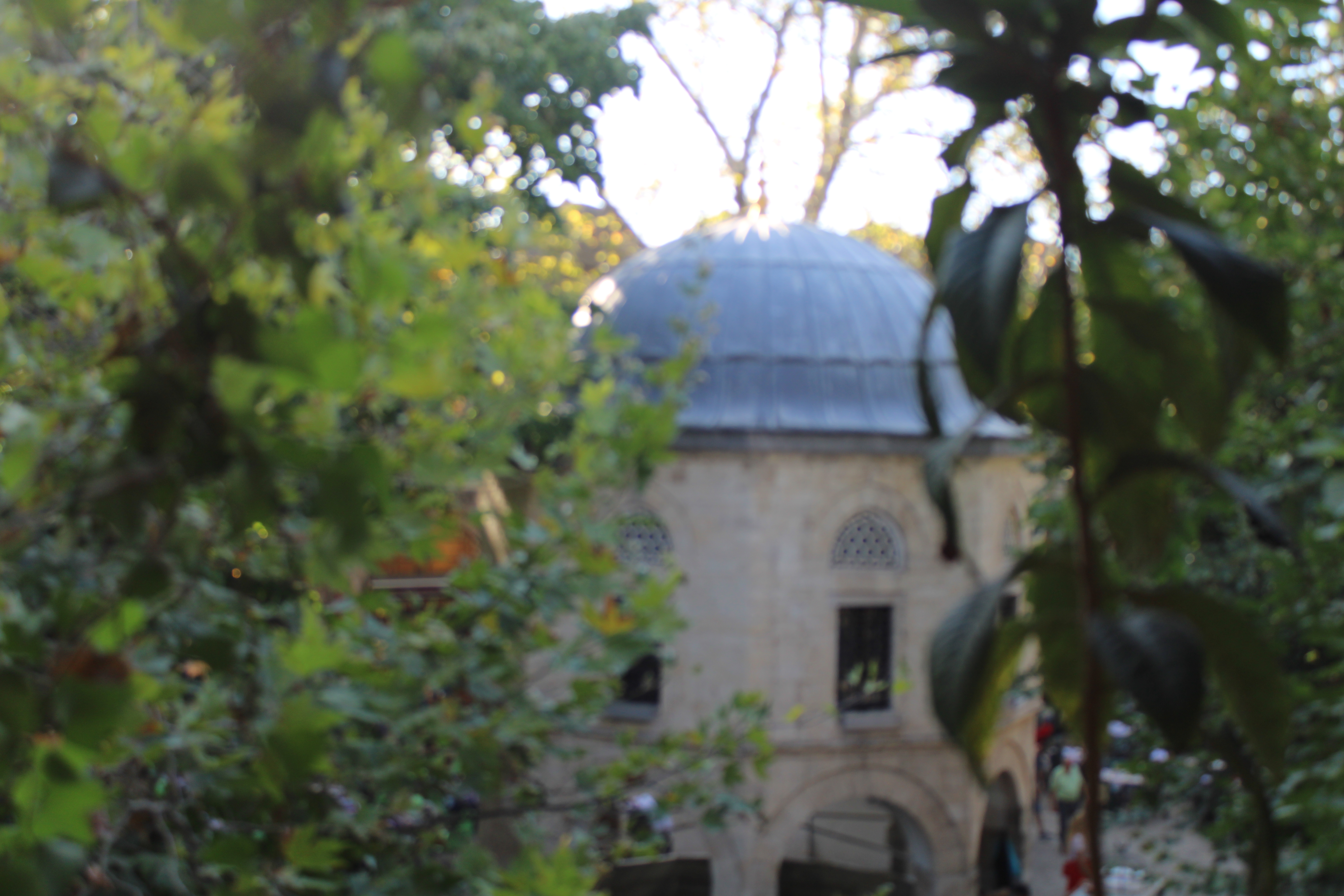(Residential halls of Aligarh Muslim University: Person behind the name series/ blog 5)
Mohsin Aziz
Adab aur mashriqi Tarikh ka ho dekhna makhzan
To Shibli sa waheedey asr wa ektaye zameen dekhen
(Malulan Altaf Hussain Hali)
Shibli hostel is part of Mohsinul Milk Hall. Mohsinul Mull Hall or MM Hall is a male residential Hall of Aligarh Muslim University. The Hall was established in 1963 with the first Prime Minister of India, Pandit Jawaharlal Nehru, laying it’s foundation stone.
Early Life and Education
Shibli was born in extraordinary times. He was born in May 1857 in Bindwal village of District Azamgarh. The first war of Indian Independence was underway and Shibli was born on the day when freedom fighters had broken the gate of Azamgarh Jail and released fighters from there. His fathers family belonged to Rajpoot converts. His given name was Mohammad Shibli which he later changed to Shibli Nomani (Nadvi, Syed Sulaiman, 1986). As per the norm in Azamgarh, all the inhabitants of Bindwal now use the surname of Nomani with their names. Shibli was a poet par excellence. In the beginning he used the takhallus (nom de plume) of tasneem. However, he has often used the takhallus of nomani and shibli also particularly in his Persian poetry. However both the takhallus were used as per the meter of the poem (Nadvi, Syed Sulaiman, 1986). It was due to Sir Syed’s efforts that modern education gained acceptance in the present day eastern Uttar Pradesh. Shibli’s father was also an admirer of Sir Syed. Shibli’s early education was under Hakeem Abdullah of Jairajpur Village. Later he studied under the guidance of Maulvi Shukrullah. Later he studied Arabic from Maulvi Faizullah. Maulvi Faizullah was head of Madrasa Ulum Arbia which was opened by Shibli’s father along with some others in Azamgarh. Later Shibli was admitted to Madrasa Chashmai Rahmat, Ghazipur. Chashmai Rahmat was famous in those days because of Maulana Farooq Chirayakoti who used to teach there. At Chashmai Rahmat, Shibli became student of Maulana Farooq Chirayakoti. Shibli studied both Arabic and Persian from Maulana Farooq Chirayakoti and completed his education under him (Nadvi, Syed Sulaiman, 1986).
After completing his education under Maulana Farooq Chirayakoti, Shibli went to several other cities in search of further knowledge. First he went to Rampur and studied usool and fiqh for about one year from Maulana Irshaad Hussain. From Rampur, Shibli went to Deoband. He did not take part in classes at Deoband but used the library and studied farayez there. From Deoband, Shibli went to Lahore. At that time Maulana Faizul Hassan Saharanpuri was professor of Arabic Literature at Oriental College Lahore. Maulana Faizul Hassan Saharanpuri could not find any time for Shibli to teach as his whole day was already scheduled for various students and activities. However, the persistence of Shibli paid off and Maulana Faizul Hassan Saharanpuri offered to teach Shibli. But the schedule of teaching is very interesting and an example of the dedication of both the teacher and the student. Maulana Faizul Hassan Saharanpuri used to walk to the College. The only time available to Maulana Faizul Hassan Saharanpuri was when he was going to and coming from college. Shibli agreed to the arrangement. Shibli started taking lessons from Maulana Faizul Hassan Saharanpuri during his walk from home to College and from College and home. In the meantime, it was vacation time and Maulana Faizul Hassan Saharanpuri travelled to his hometown in Saharanpur. By this time, teacher had seen dedication of the student. Maulana Faizul Hassan Saharanpuri took Shibli with him to his hometown so that he can teach Shibli during his vacation. The visit proved to be very beneficial and allowed Shibli to develop his command over Arabic Literature and Poetry further. It was during this time that Shibli memorized hamasa and studied jumharatul arab . Shibli’s next teacher was Maulana Ahmad Ali Mohaddis Saharanpuri. Shibli studied Hadees from him and got a sanad e hadees from his teacher. Shibli wanted to continue his education further under Maulana Ahmad Ali but got a chance to go for hajj. He took permission from his ustad and proceeded for hajj journey. At that time, Shibli’s age was 19. Thus ended the educational journey lasting 14 years (Nadvi, Syed Sulaiman, 1993).
Hajj
During hajj, Shibli made full use of his free time and visited libraries in Madinah and benefitted from the large collection of hadees books there. Shibli has shared many interesting anecdotes and stories from his hajj journey. Shibli shared story of an Indian Hajj pilgrim who used to travel barefooted braving thorns. Once after getting tired he sat down and started removing thorns from his feet. Shibli went near him. The haji asked Shibli to sit and recited the following couplet:
Abley rotey hain khoon, ranj bada hota hai
Koi kaanta jo kafe pa se juda hota hai
Time in Judiciary
Shibli’s father and his maternal uncle both were successful lawyers of Azamgarh. Shibli’s father wanted him to join judiciary. Shibli was not very much interested but started preparation for Judicial exam. He used to study and his younger brother, Mehdi Hassan, would listen what Shibli has preparing. When the results came out for the year 1879, Shibli was not selected but his younger brother Mehdi Hassan who did not prepare for the exam but only listened to Shibli passed the exam. This shocked Shibli and he realised the importance of English language. His brother knew English. He decided to prepare again. He started reading law books and prepared his own notes for studies. His hard work paid off and he was selected in 1880 exam. In fact his notes proved to be so good that many of his friends got selected using the notes. He started practicing law at Azamgarh in 1880-81 but could not continue for long. Very soon his father found out that Shibli is always speaking the truth and it was difficult for him to continue his practice. Hence the practice was stopped.
Sir Syed and Aligarh
Shibli’s father was supporter of Sir Syed’s mission for the spread of education from the beginning. When Sir Syed was posted at Ghazipur, he had already started propagating his ideas about English education. Sir Syed created a favorable environment towards modern education. Shibli’s father, Sheikh Habibullah was an ardent admirer of Sir Syed. His father contributed to the College fund during Sir Syed’s tours of Azamgarh district. When Sir Syed started Madrasatul Uloom in 1875 at Aligarh which later became MAO College, Shibli’s father sent his younger son to study at MAO College. When he came to meet his son in October 1881 to Aligarh, Shibli also came along with his father. For the occasion, Shibli wrote an Arabic Qasida (laudatory poem) for Sir Syed and presented it to Sir Syed. Sir Syed liked it so much that he published it in Aligarh Institute Gazette (15 October 1881, Vol 16, No. 2, p. 1175).
Later Shibli joined Aligarh in 1883 as Professor of Persian and Assistant Professor of Arabic for a salary of 40 INR. In 1886 he was given full professorship of Arabic as well. In the beginning he stayed outside college but after sometime Sir Syed made arrangements for Shibli’s stay near his house (Islahi, Z.I., ). A small banglow was given to Shibli just behind the Sir Syed House (I am witness to the ruins of the banglow in my childhood. It was popularly called Shibli ki Kutiya or Shibli’s hut as it was very small. Now there is no trace of that very small banglow. It is indeed sad that the historical room which was given to Shibli by Sir Syed was allowed to deteriorate and then destroyed). Besides teaching Arabic and Persian, he was additionally given the charge of Darse Quran by Sir Syed himself. In fact, it was the beginning of Darse Quran at the college. Among his Darse Quran students, one can count Maulana Mohammad Ali Jauhar and Sheikh Mohammad Abdullah. He was also involved in the curriculum development at the college and wrote a book as per the wish of Sir Syed entitled “lujnatul islam” which was included in the college curriculum. The rights of the book were given to the college by Shibli so that college could monetarily benefit. When Sir Syed was facing flak from ulema for promoting english education, Shibli wrote his famous poem Subh e Ummeed in favour of college and Sir Syed in which he traced the history of muslims and their downfall and urged fellow muslims to support Sir Syed as he was trying to get them up once again. To the naysayers of Sir Syed and College he wrote:
Syed se hai agar bhu’z lillah
Wo khadim e qaum agar hai gumrah
Kutch aap hi intezaam kartey
Islam ko nek namm kartey (Shibli Nomani)
At another place he very beautifully described the personality of Sir Syed in the following words:
Soorat se ayaan jalaley shahi
chahrey par faroghey subhey gahi
wo mulk pe jaan deney wala
wo qaum ki naaw kheney wala (Shibli Nomani)
It was at Aligarh that he came into contact with Prof. T. W. Arnold. Shibli learned French and modern research methodology from him. Two became very good friends. It was through Arnold and Sir Syed’s library that Shibli got to educate himself about Orientalists and their work. Reading the work of orientalists gave the idea to Shibli to write heroes of Islam series of which Al Farooq is the perhaps most famous.
Travel to Turkey, Syria and Egypt
In 1892, Shibli decided to travel to Turkey, Egypt and Syria. In fact Shibli had planned a Heroes of Islam series for which enough reference was not available in India at that time. The basic thought behind this journey was to collect reference and consult books for his upcoming project. Although he did not plan to write travelogue but after return to Aligarh, on the request of many people decided to write account of his journey which resulted in Safarnama e Rome o Misr o Shaam. The travelogue is a complex and masterful account of his travels to the Ottoman lands where he met a wide variety of people, visited schools and libraries and gave account of day to day life of the places he visited. The riveting account by Shibli of his travels makes the travelogue a classic of Urdu literature. Shibli wanted to write a series of books on his journey. Shibli’s journey started on 26 April 1892 from Aligarh. At that time Shibli was professor of Arabic and Persian in the College. The summer vacations of the college were usually for three months. Due to his service in the college, Shibli was also entitled to 3 months of privilege leave. Shibli combined the two leaves and took 6 months off from the college and started his journey along with Thomas Arnold who was also associated with the college. Thomas Arnold was Professor of Philosophy at the college. He was not only a colleague of Shibli but Shibli had learnt French from Thomas Arnold. Shibli learnt that Arnold was traveling to England during the vacation. Shibli decided to accompany Arnold for a part of the journey to travel to the Ottoman lands. There are many interesting anecdotes, observations and accounts in the travelogue. One incident is worth mentioning. Shibli mentions that one morning after leaving the port of Aden, the engine of the ship developed some problem. There was chaos everywhere and the captain and crew of the ship were looking worried. Shibli got worried and immediately went to Arnold. He saw Arnold calmly sitting on a chair on the deck of the ship and reading a book. Shibli asked Arnold that is this the time to read a book? Are you not worried? Arnold’s reply is worth writing in gold. Arnold told Shibli that if the ship is going to be drowned then the whatever little time is left is very precious, and to waste such precious moments is nothing but foolishness. It took the crew eight hours to fix the engine and the journey continued (Shibli, Nomani, 1335 Hijri corresponding to 1916). It was during this journey that Shibli was honoured by the Ottoman Sultan. Shibli was given tamgahe majidia. It was first title to be awarded to anybody from the college except Sir Syed. However, Shibli could not use the medal because the permission from the British Crown was not granted (Shibli, Nomani, 1916).
In Istanbul Shibli was able to create a network of well connected people. He visited libraries, schools, madrasas and colleges. The strict discipline and common routine for students and common dress impressed Shibli. He was also impressed by the large residential halls for the students rather than separate rooms which were prevalent at MAO College at that time (Shibli, Nomani, 1916). After returning to India, a similar residence, namely Zahoor Hussain Ward, was started at the MAO College (Jalal, Ayesha, 2021, p. 25) However, what impressed Shibli most was the tradition of Monogram of the College or School on the collar of students coat. The monogram was written in Naskh and was embossed. Shibli reports that the monogram of the college on the black coat of the students distinguishes them from others. In his words ‘itna khushnuma maloom hota hai ki bayaan se bahar hai’ (looks so beautiful that it can not be explained in words) (Shibli, Nomani, 1916). Most probably the tradition of Black sherwani with university monogram on the collar at Aligarh Muslim University is related to this journey.
Title of Shamsul Ulama
After his return from Turkey, he was given the title of Shamsul Ulama by the government. At that time Shibli was only 37 years of age. It was a great honour not only for him but also for the college. It was for the first time that a professor of college was given such high honour. Only Sir Syed was recipient of honour from the government upto that time. Celebrations were held in the college. First program was jointly held by the Ikhwanus Safa and Lujnatul Adab on January 19. Later another function was held on February 17 in the Strachey Hall where European Officers, their ladies, college community and notables of Aligarh were present. It was in this function that he was given the Khilat, robe of honour (Zilli, I. A., 2024 ).
Establishment of National School
It was the affect of Aligarh that just after four months of service at Aligarh, Shibli decided to start an English medium school at Azamgarh. Shibli came to Aligarh in February 1883 and on 26 June 1883, National School was started in Azamgarh City. He became secretary of school and arranged land from his family. The school became middle school in 1887 and High School in 1895 (Nadvi, S.S., 1943, pp. 133-134). It became Inter College in 1940 in first degree college of the district in 1946 (Al Azmi, M. I., 2019). At present, it is the biggest minority educational institution in Uttar Pradesh after Aligarh Muslim University.
Hyderabad
Shibli was in Hyderabad from February 1901 to May 1905. Shibli’s stay at Hyderabad proved to intellectually very fruitful as he was able to write a number of his books during his relatively short stay in Hyderabad.
Nadwatul Ulama
Nadwatul Ulama is a Islamic Seminar based in Lucknow. It was formed by first annual convention of Nadwatul Ulama in 1894 by Mohammad Ali Mungeri, Ashraf Ali Thanwi, Mahmudul Hasan and Shibli Nomani. The foundation stone was laid by the then Lieutenant Governor of India, John Briscott Hewitt, on November 28, 1906. Shibli acted as Rector of Nadwa for sometime. During his stay at Nadwa, English was made compulsory for students which was a new concept at that time in any Madarsa. Similar he started a section of Hindi and Sanskrit teaching at Nadwa which was again a new concept in a Madarsa. It was during his stay at Nadwa that young Maulana Azad stayed for six months under the mentorship of Shibli and learned from him. Shibli resigned from Nadwa in July 1913 and shifted to his hometown, Azamgarh.
Darul Musannefin
Shibli always wanted to establish an academy like a think tank where academics can come and stay and do research. His idea was to create an institution with library and living quarters where researcher could do their work in peace. He wanted to establish it at Lucknow when he was at Nadwa. However, he could not get time to do so in Lucknow. Later when he moved to Azamgarh, he decided to establish it there. Although his dream could not materialize during his lifetime but immediately after his death, his close associates and students fulfilled his dream. Shibli had big dreams for the academy. However, three days before his death created an endowment which included his spacious garden, two kutchcha bungalows and about 300 books to form the nucleus of a library. He had, however, created a small group of co-workers and pupils who could carry the work further and had also compiled a few standard works to serve as pilot project. Darul Musannefin Shibli Academy was established on 21 November, 1914 i.e. three days after his death by his disciple and cousin Allama Hamiduddin Farahi and Maulana Syed Sulaiman Nadvi (www.shibliacademy.org., 2024). Today Darul Musannefin is well academy producing work of high quality and boast of almost 300 titles published by it. It has a large library with well over one lakh books and reading hall. There is a large conference hall and Staff quarters. Academy has its own press and it is proud publisher of longest surviving Urdu monthly research journal, Maarif.
Madrasatul Islah
Although the founder of Madrasatul Islah was Maulana Mohammad Shafi, Shibli was involved in the affairs of the Madrasa from the very beginning. Shibli convinced his cousin Maulana Hamiduddin Farahi to join him in this endeavour. Farahi at that time was in Hyderabad. Farahi resigned from his job and joined Madrasatul Islah at Saraimeer, Azamgarh. Today Madrasatul Islam is among the most renowned madarsa of India.
Proposal for Islamic University at Mecca
Shibli was very keen on the establishment of and Islamic University at Mecca. Shibli proposed the idea on 15 April 1913 in Zamindar (famous Urdu daily published from Lahore). He wrote “In my opinion, establishment of a University at Mecca which can impart religious along with modern education is imparted is of utmost importance. It is an established fact that the key to power of a nation is education.” It was a brief proposal along with suggestions regarding syllabus and the reasons for establishing such an institutions at Mecca.
Shibli and Politics
Though Shibli never actively participated in politics but he kept a keen eye on it. He regularly wrote articles and poems on politics. He was supporter of Congress and a strongly opposed Muslim League and its politics.
Shibli wrote an interesting article “Musalmanon ki Political Karvat” (Turning point of Muslim Politics) which is strong critique of Muslim League politics. He calls it ‘strange thing’. He says in this essay that Muslims when asked about their politics mention one hypothetical and useless thing called Muslim league and say that this is Muslim politics. Today thousands of educated (Muslims) think this mirage as river of life. He then says that Muslim League cannot be a true political party even after thousand years. He raised some fundamental questions as to why it came into existence and who established it and called it a tamasha. At another place he called Muslim League as ajeebul khilqat makhlooq (strange creature).
Shibli as Author
Shibli was a prolific author. He did not only write numerous books on several topics but also set very standards. Some of his famous books are: Al Farooque, Al Ghazali, Seeratun Nabi (First two volumes), Sherul Ajam (Five volumes), Mawazna Anis wo Dabeer, Al Mamoon, Seeratun Noman, Aurangzeb Alamgir par ek nazar, Rasail e Shibli, Safarma e rome o misr o shaam, Kulliyat e Shibli (Urdu), Kulliyat e Shibli (Persian), Al Kalaam, Ilmul Kalaam and Lujnatul Islam. Many of these books are pioneers in Philosophy, Criticism, Travelogue and historiography. Most of his books set very high standard of literary language as well as rigorous research.
Shibli the poet
Anybody who has any interest in Urdu poetry must have heard the following couplet. However, very few know that the poet of the couplet is Shibli
Uski saadgi pe kaun na marjaye ae khuda
Ladtey Hain aur hasth main talwaar bhi Nahin (Shibli Nomani)
For somebody like Shibli who was dabbling into so many tasks at the same time, it was not possible to be a full time poet, however, he was a poet par excellence in his own right. Some of his political poems have no parallel. He wrote extensively on current political situation both in India as well events happening on world stage.
Some of his famous poems are: Adle Jahangiri, Adl Farooqui ka ek namoona, Ulam e Zindani, Maulvi ka Shugley Takfir, Muslim League, Ahley Bait Rasool s.a.w. Ki Zindagi, etc.
Main ruh e alam e imkan sharhe azmat e yazdan
Azal hai meri bedari abd khwab e giran mera (Shibli Nomani)
When the kanpur mosque tragegy happened in 1913 and many youngsters died in police firing, he wrote:
Ajab kya hai jo naukhezon ne sab se pehley janen deen
Ke ye bachhe hain inko jald so janey ki adat hai (Shibli Nomani)
Famous writer of times, Deputy Nazeer Ahmad, has written the following couplet praising Shibli’s poetry.
Tum apni nasr ko lo nazm ko chodo nazir Ahmad
Ke iskey wastey mozoon Hain hali aur Shibli (Deputy Nazeer Ahmad)
Accident and loss of a leg
In a freak accident, he accidently fired upon himself and injured one of his legs which had to be cut to save his life. The incident restricted his movement. He became more confined to his home in Azamgarh and fully focused on Siratun Nabi.
It was after the incident when he was invited by another contemporary famous poet, Akbar Allahabadi. Shibli could not go due to health issues and wrote following couplets in response:
Aaj Dawat main na aney ka mujhey bhi hai malal
Lekin asbab kutch aisey hain ki majboor hoon main
Apkey lutf o karam ka mujhey inkaar nahin
halqa dargosh hoon mamnoon hoon mashkoor hoon main
lekin ab main wo nahin hoon ke pada phirta tha
Ab to Allah ke afzal se taimur hoon main
Dil ke behlaney ki bateen hain ye shibli warna
Jitey ji murda hoon marhoom hoon maghfoor hoon main
Death
Shibli died in November 1914 while Hali died in December 1914. Aligarh movement lost two of the most learned pillars of Sir Syed’s Karawan. At the time of Hali’s death, Allama Iqbal mourned the death of Shibli also in the follwing words:
Khamosh ho gaye chamanistan ke raazdar
Sarmaye ghudaaz thi jinki nawae dard
Shibli ko ro rahey they abhi ahley gulistaan
Hali bhi ho gaya sooye firdaus e rah naward
For References and more information, Please see:
Al Azmi, Mohammad Ilyas (2019) Shibli National School Azamgarh ki tareekh ka ek warq. Tehzibul Akhlaq, September, Vol. 38, No. 9, pp. 42-45
Nadvi, Syed Sulaiman (1943) Hayat e Shibli. Darul Musanneffin Shibli Academy, Azamgarh.
Shibli, Nomani (1916) Safarnama Rome o Misr of Shaam. Delhi: Tohfa e Jannat
Jalal, Ayesha (2021) Muslim Universalist Aspirations: Intimacies between the Indus-Gangetic Plain and the Indian Ocean, In Bose, Sugata & Jalal, Ayesha (Eds) Oceanic Islam: Muslim Universalism and European Imperialism. India: Bloomsbury.
http://daak.co.in/safarnama-e-rum-o-misr-o-sham-shibli-nomanis-discovery-european-orientalism/
http://www.turkvehint.org/2018/05/urdu-resources/182/
Zilli, I. A. (2024) Allama Shibli Nomani. http://www.shibliacademy.org

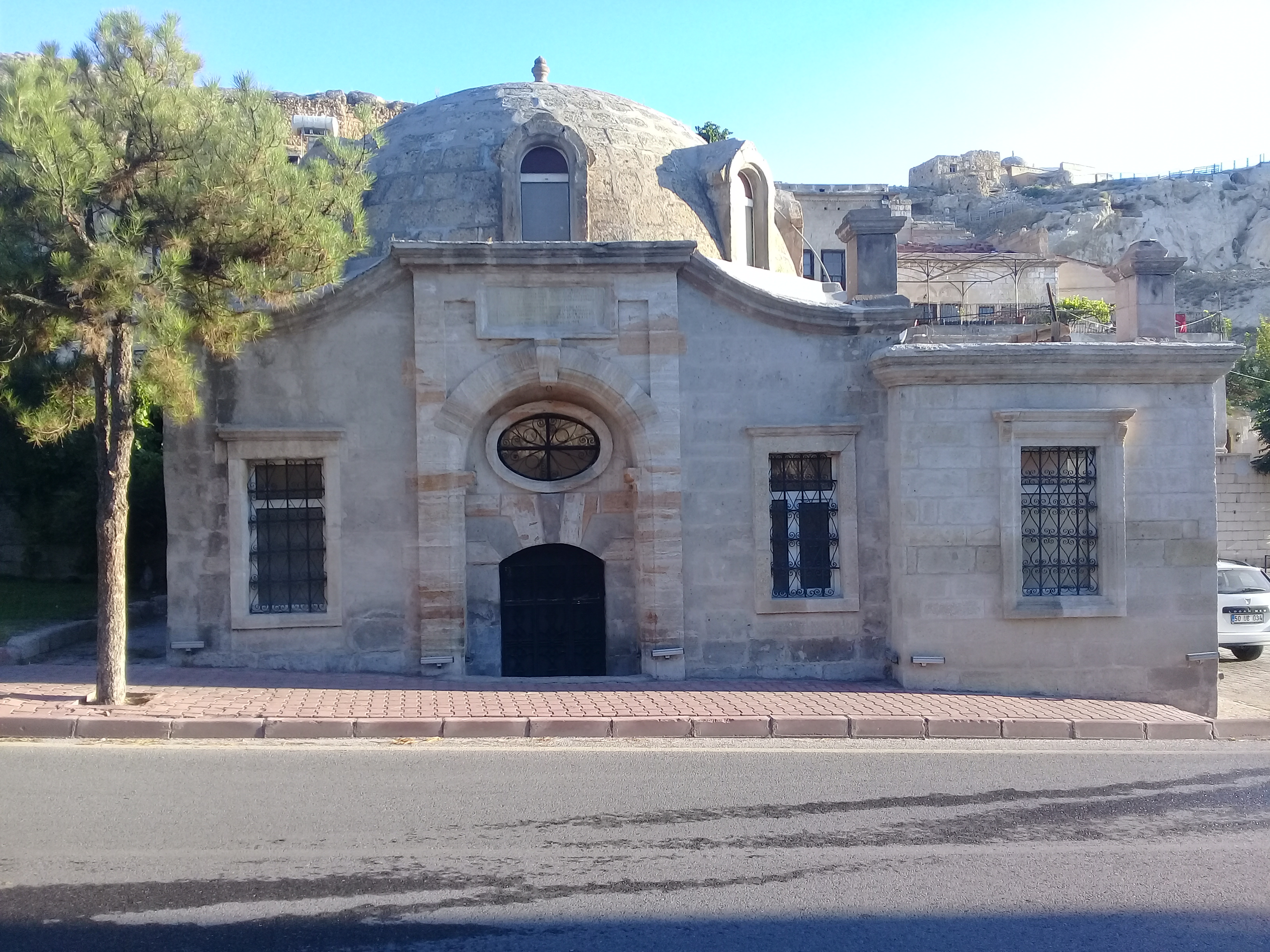





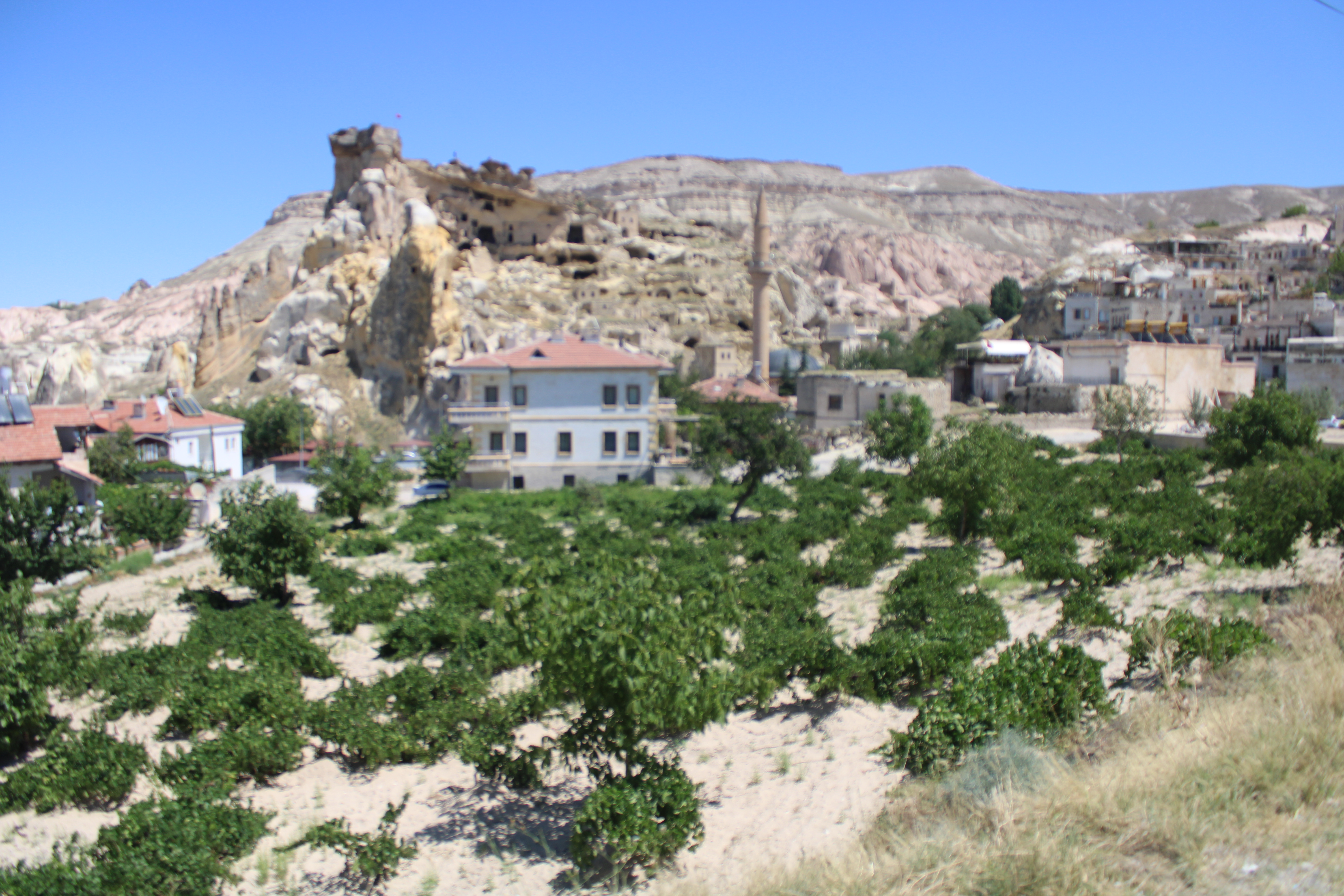

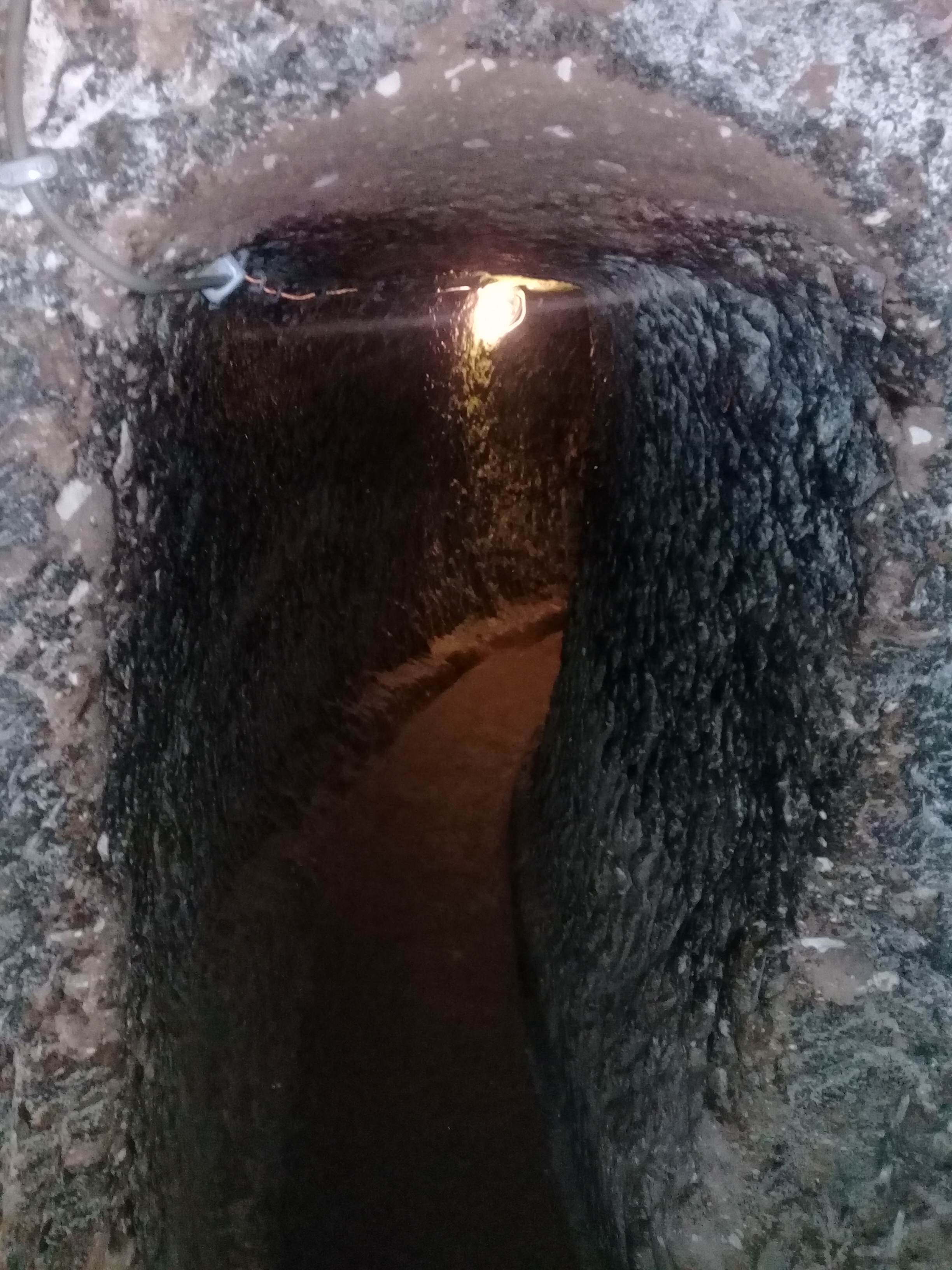







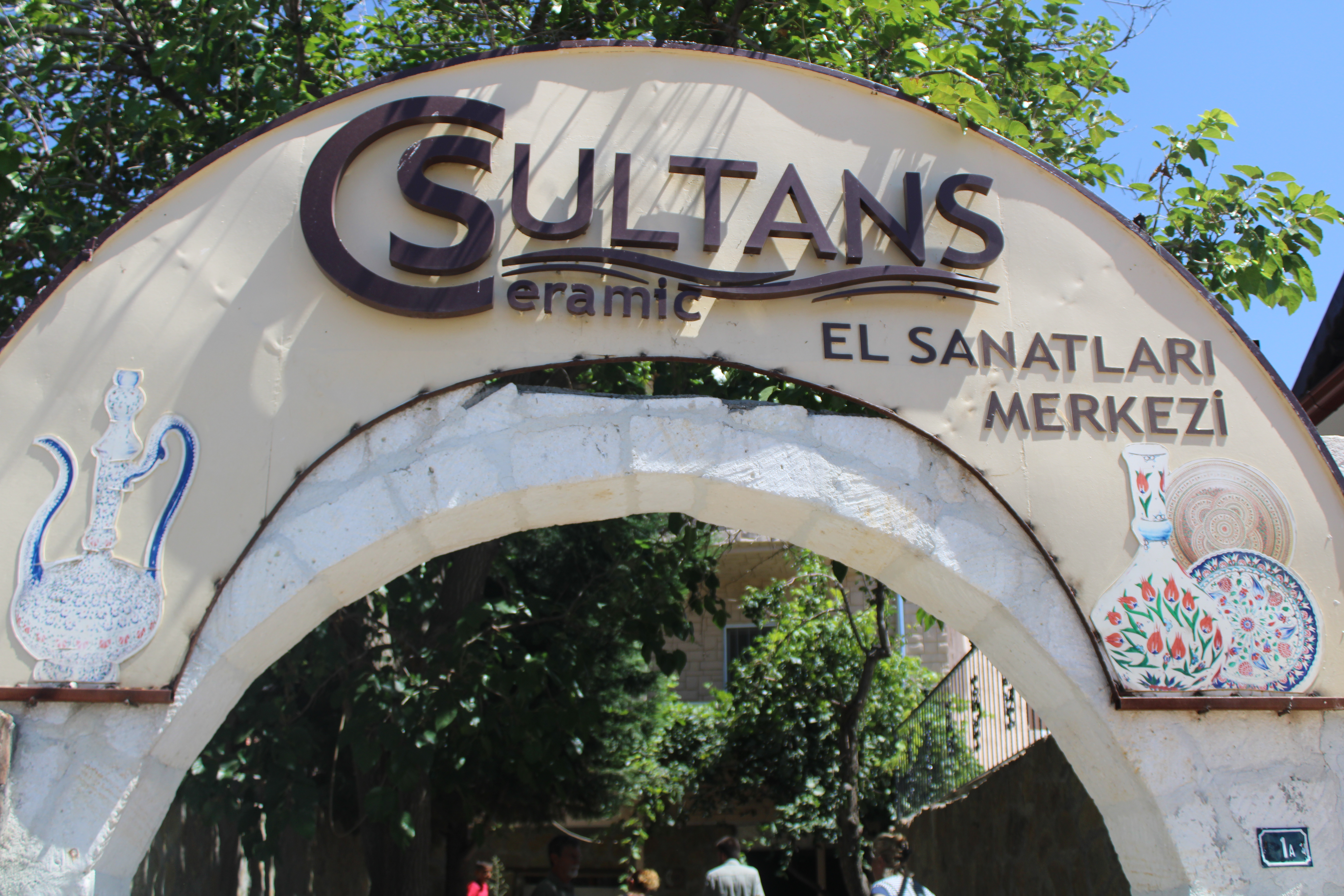









 Our Ferry from Pendik to Yalova. Photo Credit & © Mohsin Aziz
Our Ferry from Pendik to Yalova. Photo Credit & © Mohsin Aziz


